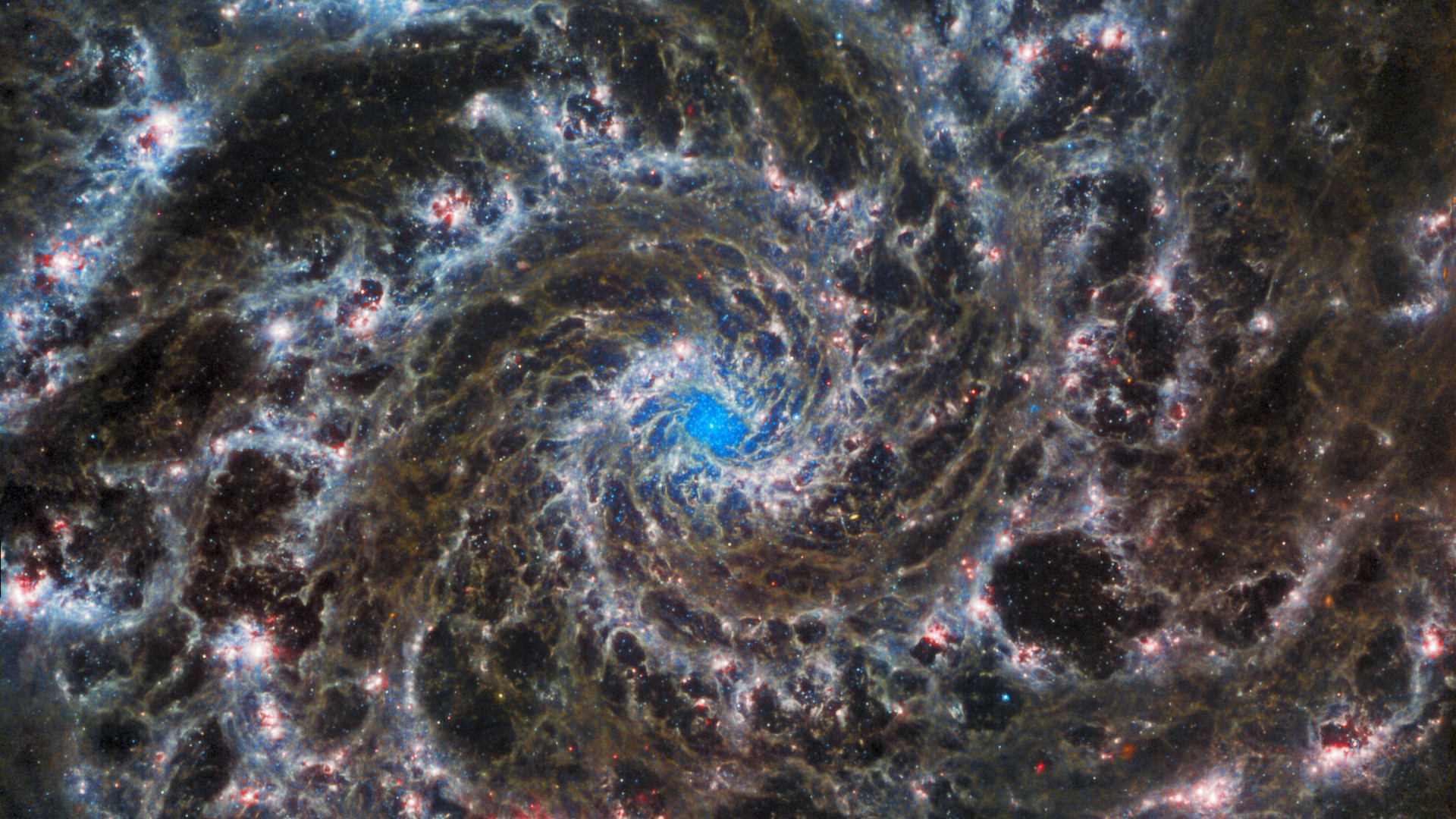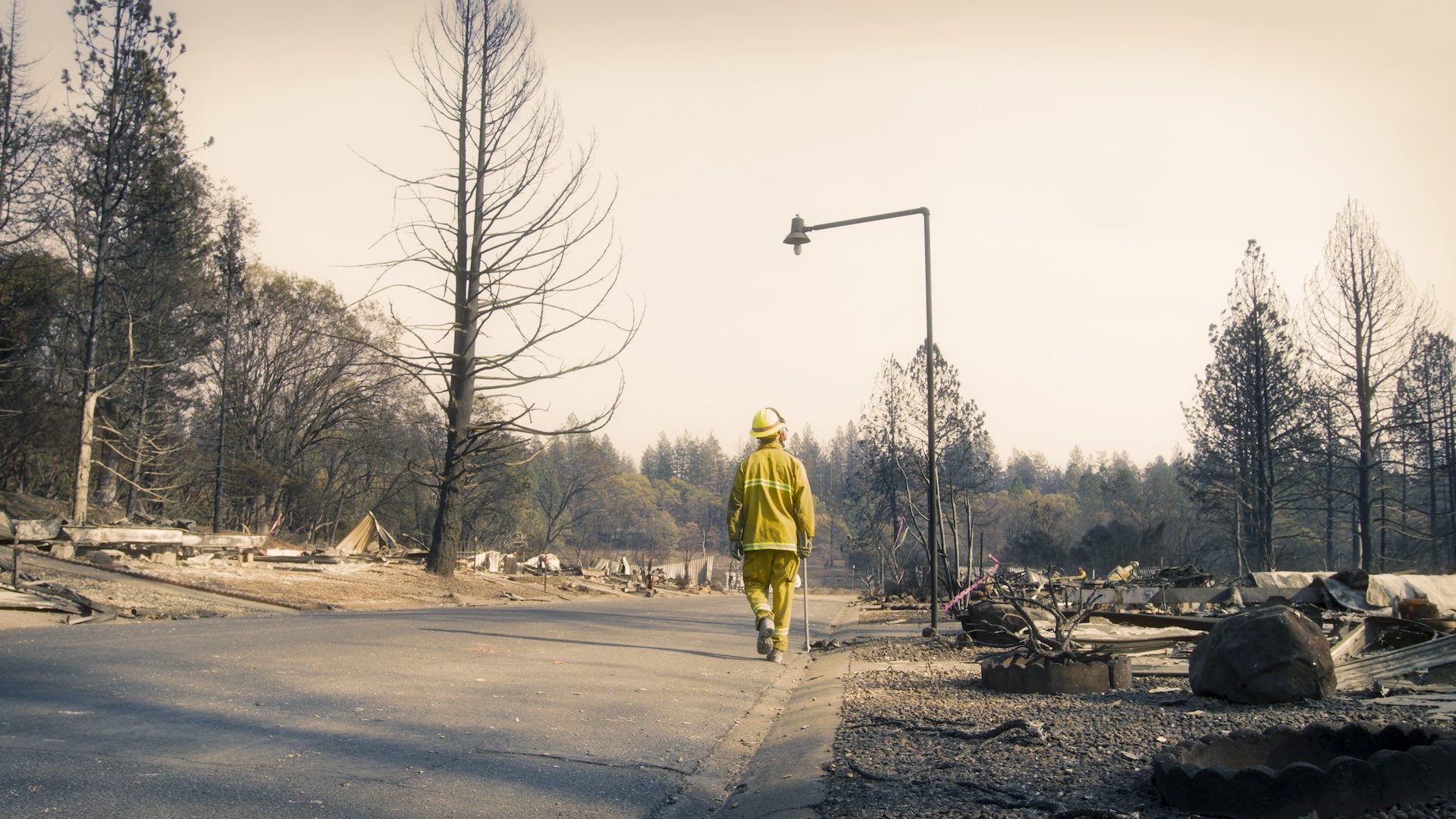
Jamie Carter
Jamie Carter is a freelance journalist and regular Live Science contributor based in Cardiff, U.K. He is the author of A Stargazing Program For Beginners and lectures on astronomy and the natural world. Jamie regularly writes for Space.com, TechRadar.com, Forbes Science, BBC Wildlife magazine and Scientific American, and many others. He edits WhenIsTheNextEclipse.com.
Latest articles by Jamie Carter
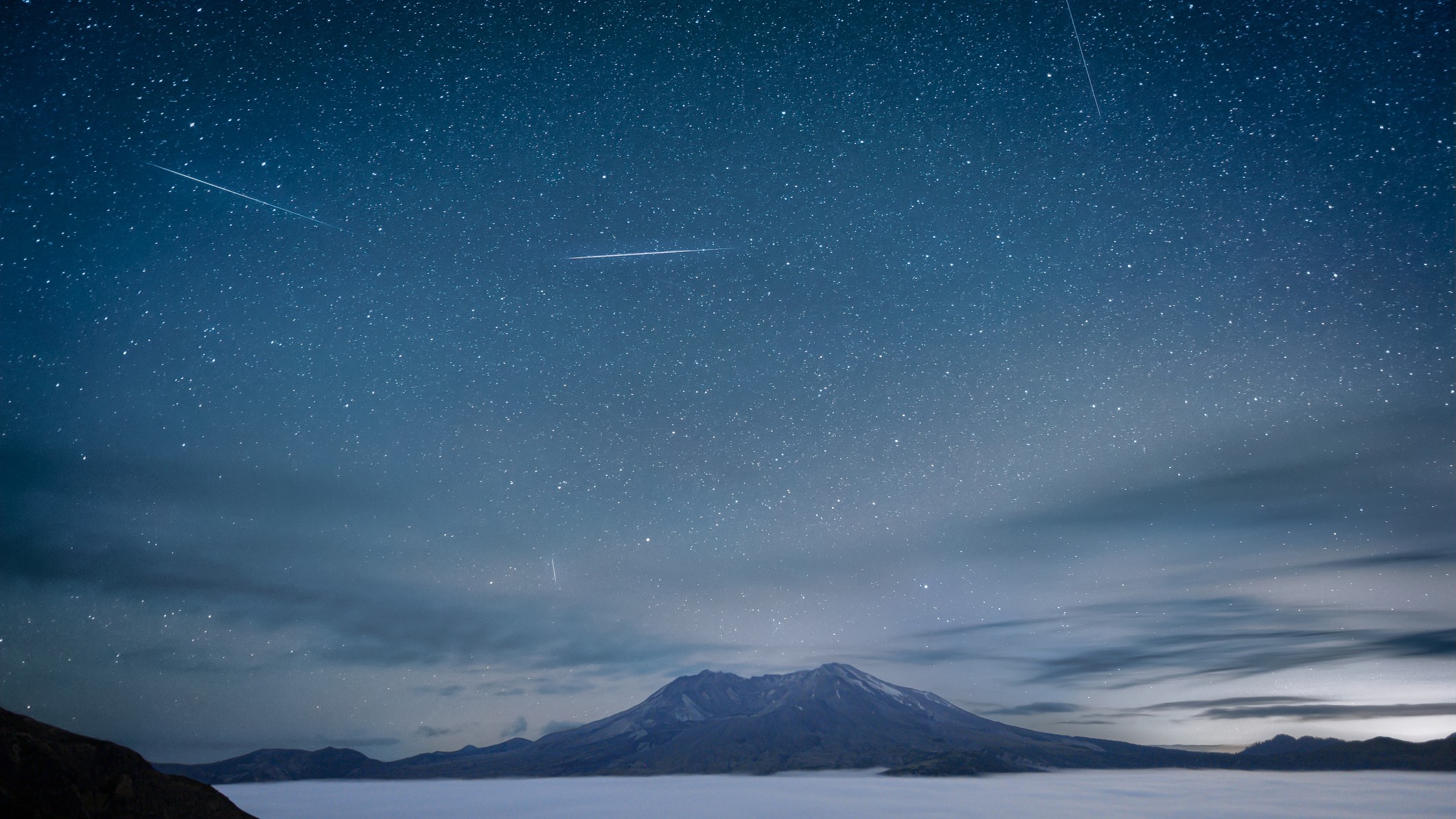
How to watch the Delta Aquariids meteor shower kick off 'shooting star' season this weekend
By Jamie Carter published
As many as 20 'shooting stars' per hour will fall during the peak of the Delta Aquariid meteor shower this weekend, but August's Perseid meteor shower will be far more impressive.
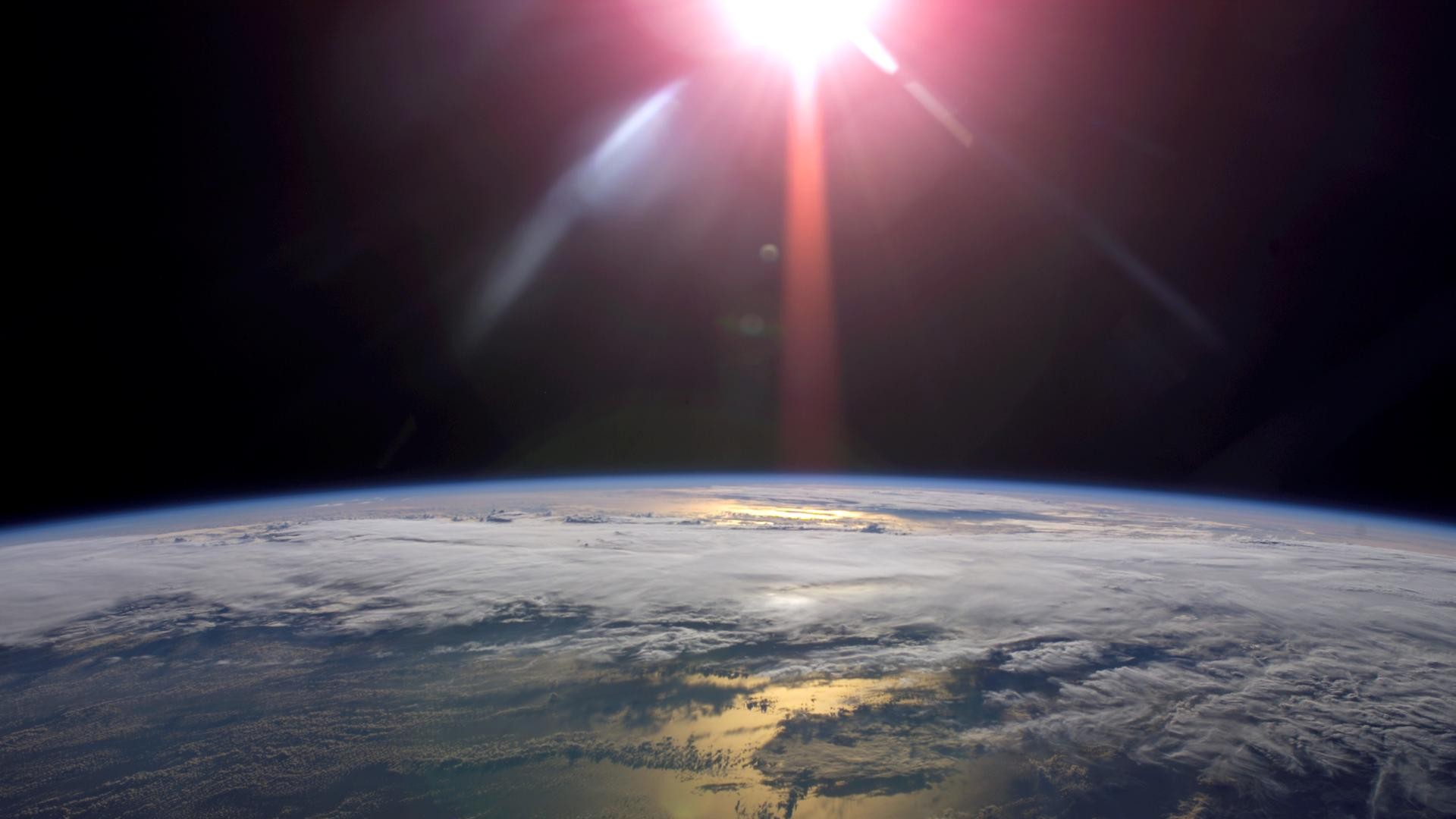
Earth is about to reach its farthest point from the sun. So why is it so hot?
By Jamie Carter published
Aphelion marks the point in our planet's orbit of the sun when it's at its maximum distance from our star. So why is it so hot out?
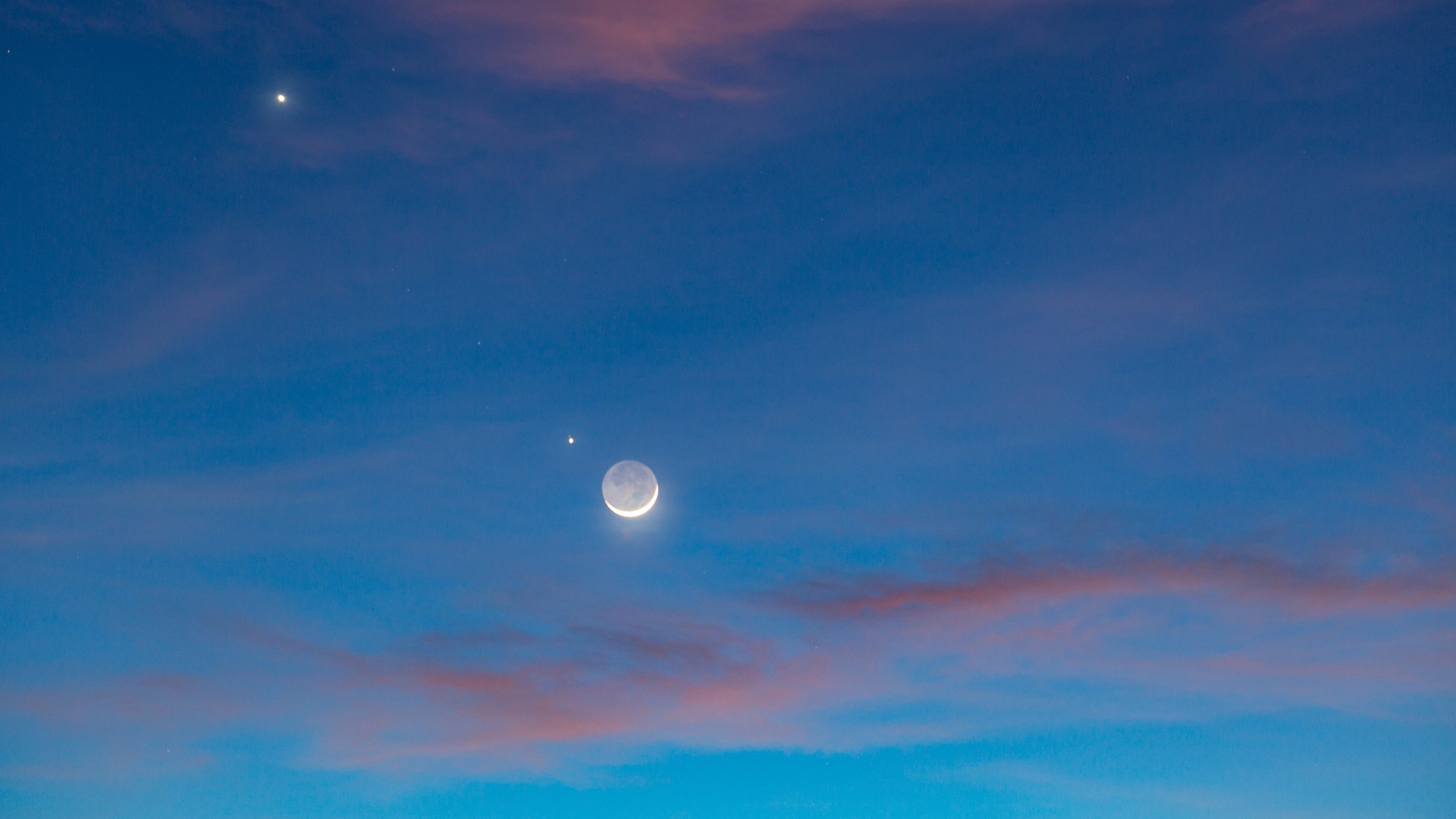
How to see the moon in conjunction with 5 planets this month
By Jamie Carter published
In early July, our natural satellite will appear close to Mars, Saturn, Jupiter, Venus and Mercury.
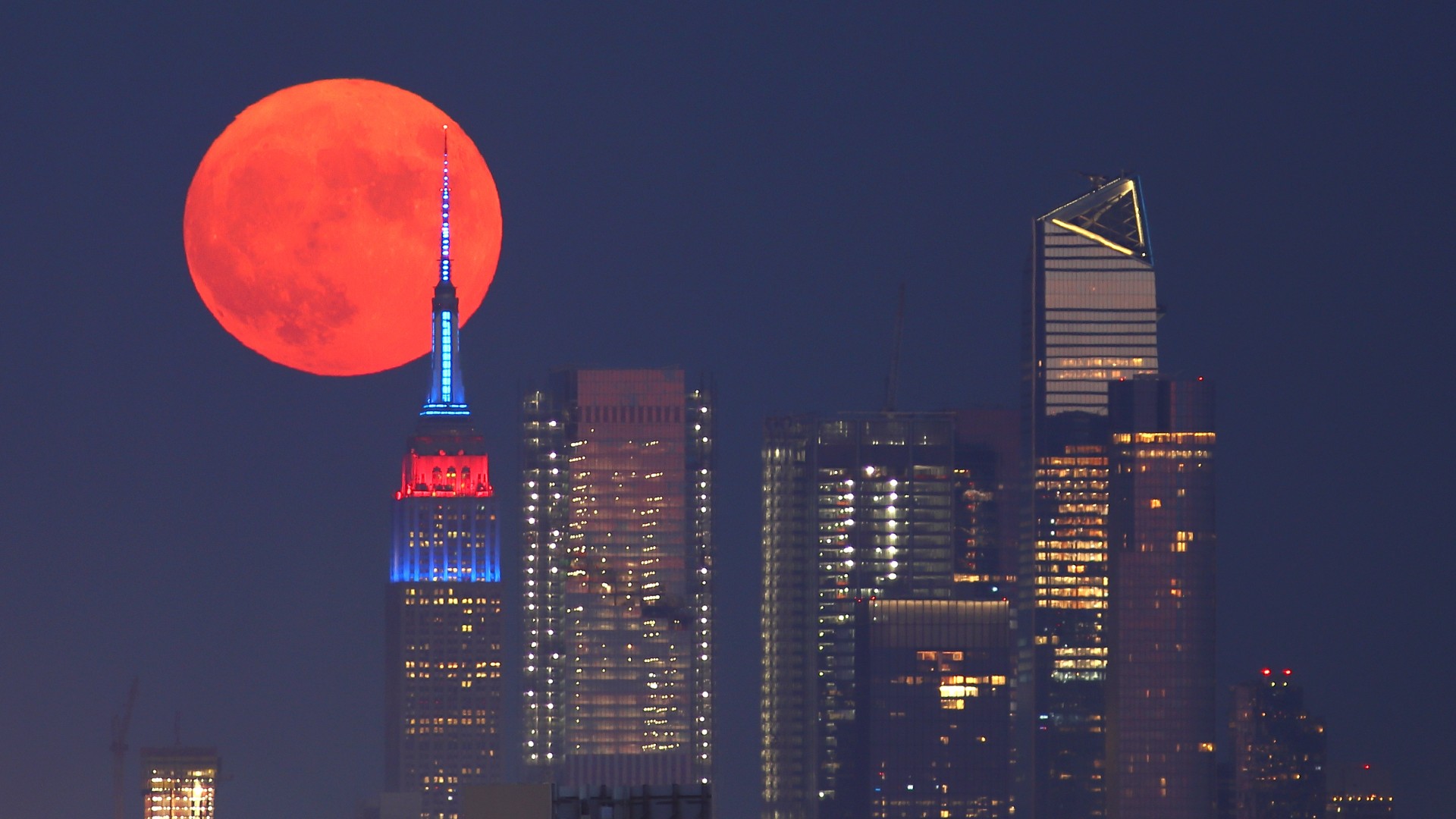
Watch the full Buck Moon — the year's 1st supermoon — gallop into the sky on July 3
By Jamie Carter published
July's full moon will be one of the closest to Earth of the year and one of the lowest-hanging as seen from the Northern Hemisphere.
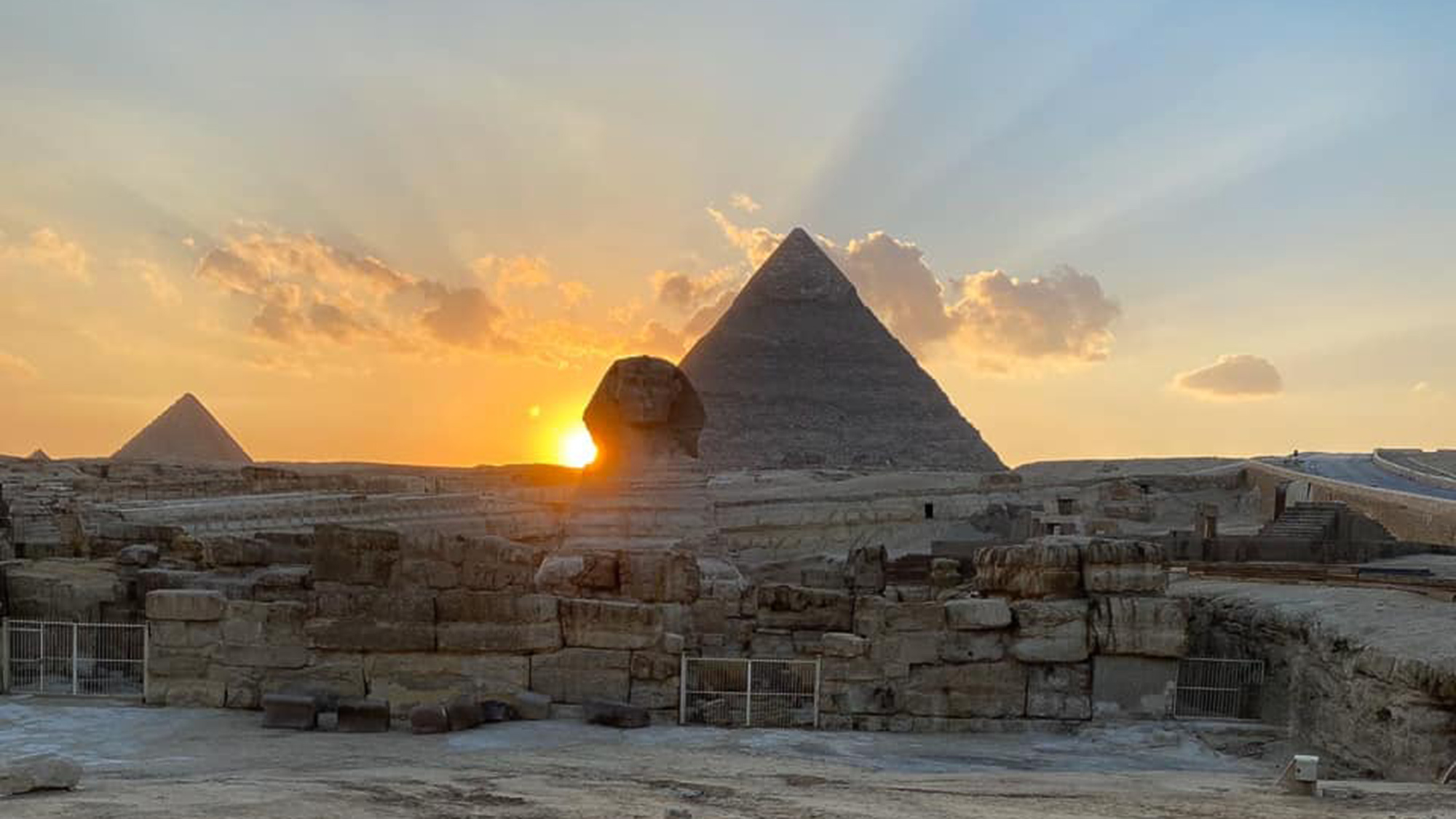
10 temples, tombs and monuments that align with the summer solstice
By Jamie Carter published
From the Mediterranean to North America, there's a lot of evidence that the day the 'sun stands still' has been important to humans for thousands of years.
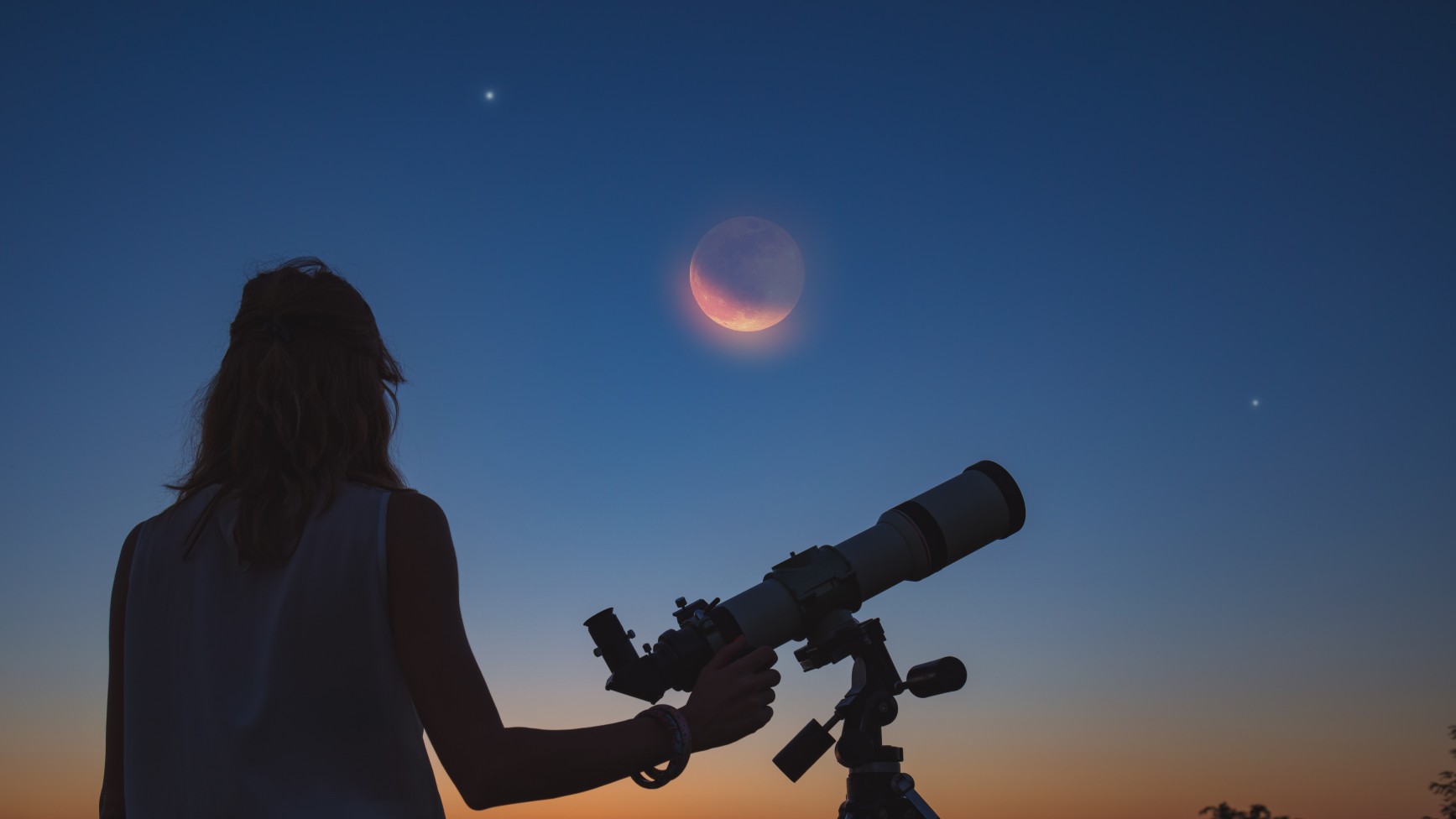
2 planets will align with the 'Earth-shining' moon on the summer solstice. Here's how to watch.
By Jamie Carter published
Astronomical summer in the Northern Hemisphere begins with the closest alignments of Mars, Venus and the 'Earth-shining' crescent moon until 2028.
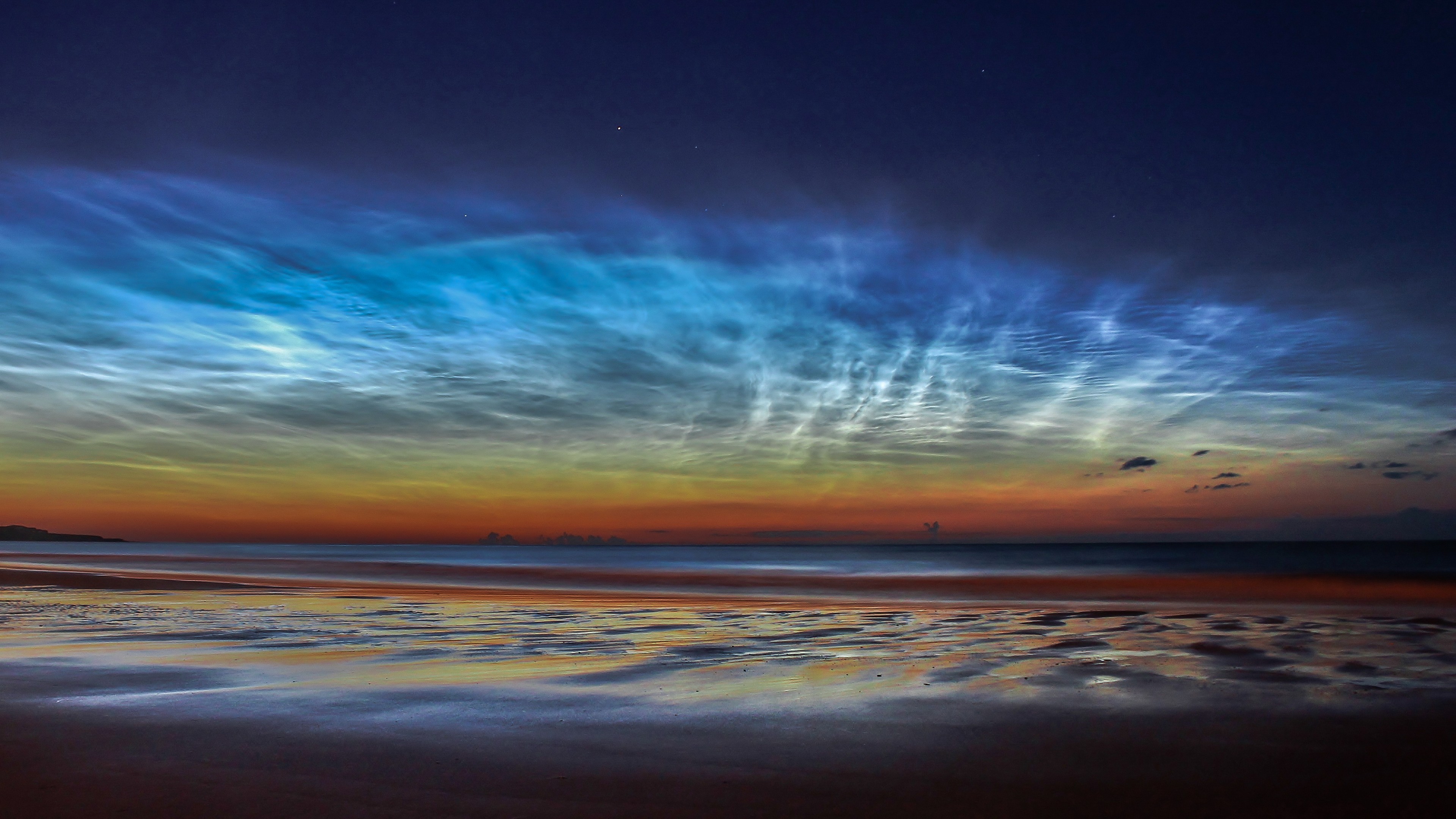
Earth's highest, coldest, rarest clouds are back. How to see the eerie 'noctilucent clouds' this summer.
By Jamie Carter published
Look North as the stars appear in June and July to have a chance of seeing rare noctilucent (or 'night-shining') clouds with the naked eye.
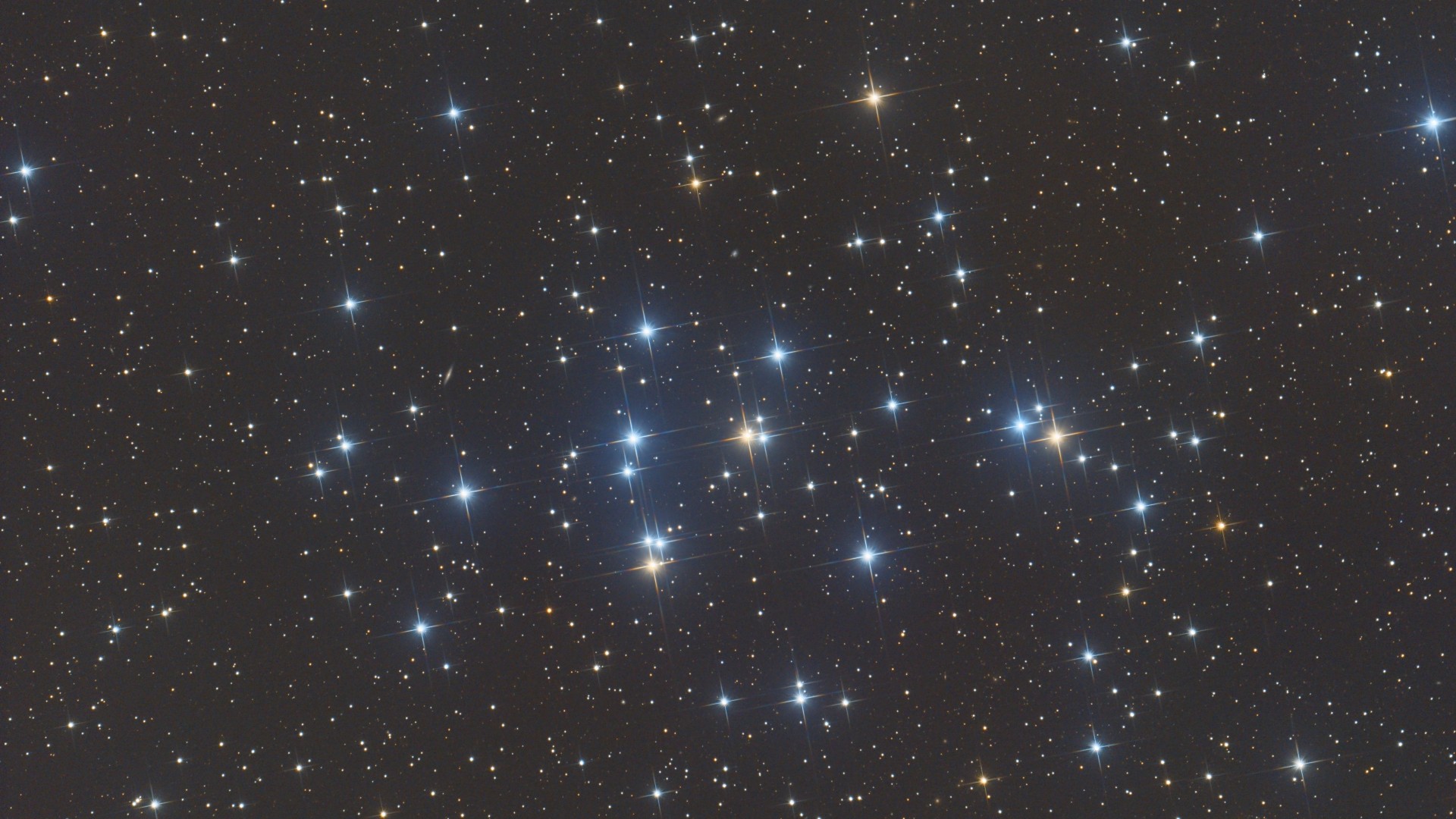
How to watch Mars photobomb the buzzing Beehive Cluster of stars this week
By Jamie Carter published
Here's how to watch the Red Planet swoop across the Beehive Cluster — one of the closest star clusters to Earth — after sunset this week.
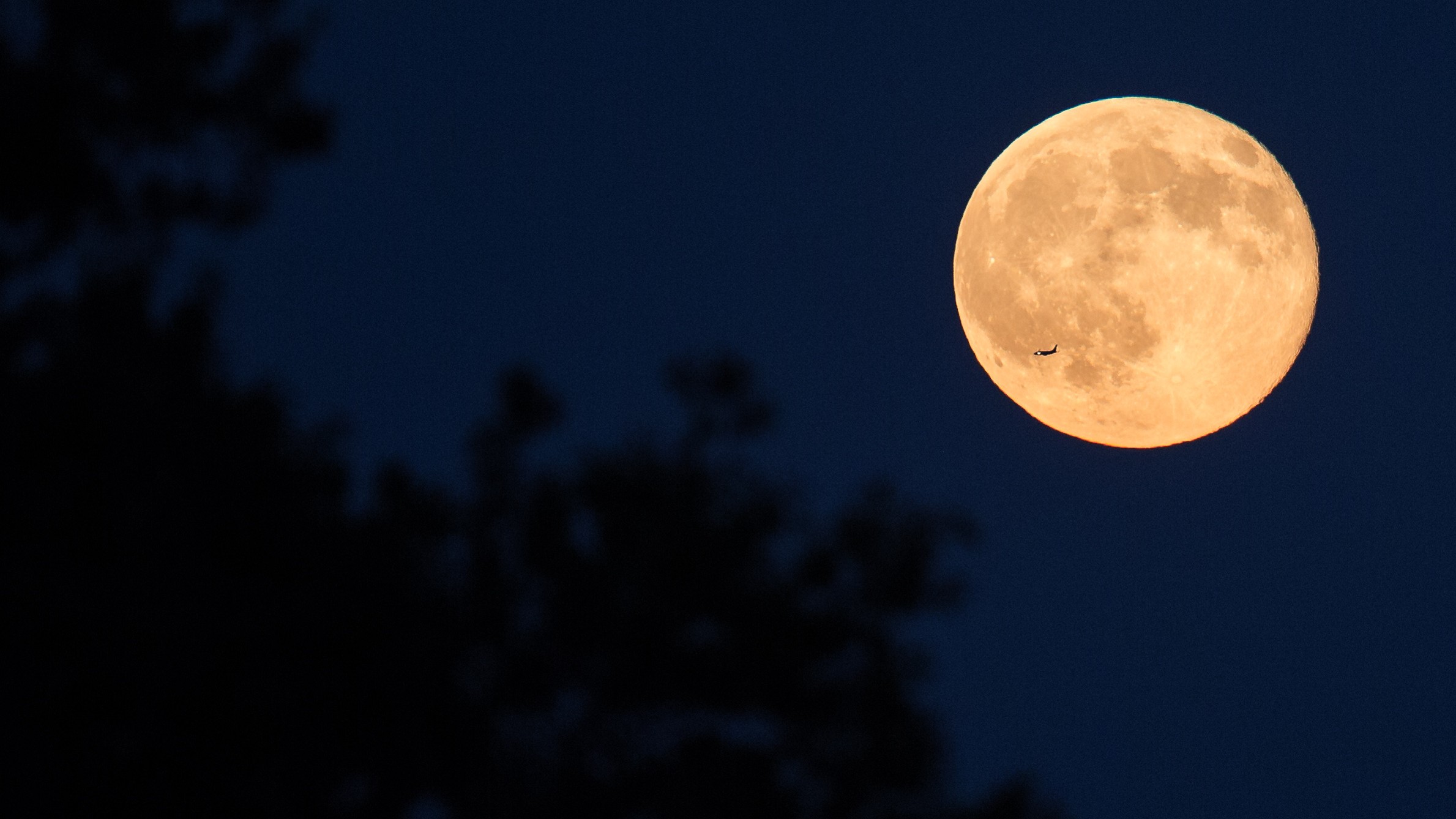
Watch the full 'Strawberry Moon' rise on June 3
By Jamie Carter published
June's full moon is known as the Strawberry Moon, the Hot Moon and the Rose Moon. It will be at its fullest on Saturday night, June 3.
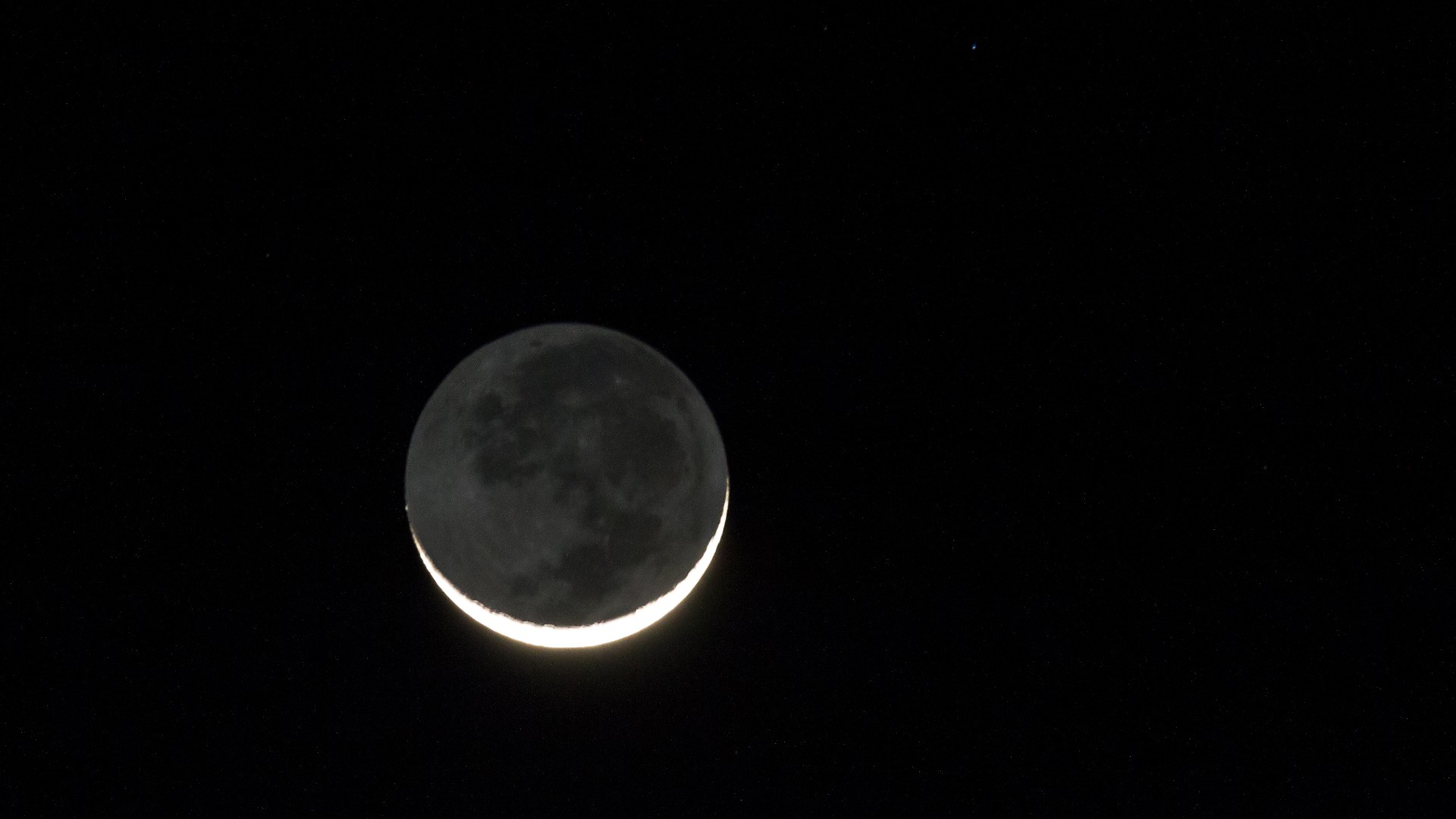
What is a 'black moon'? Why May's new moon has an unusual name.
By Jamie Carter published
On Friday, May 19, a rare 'black moon' rises. Here's what that means, and what you can actually see.
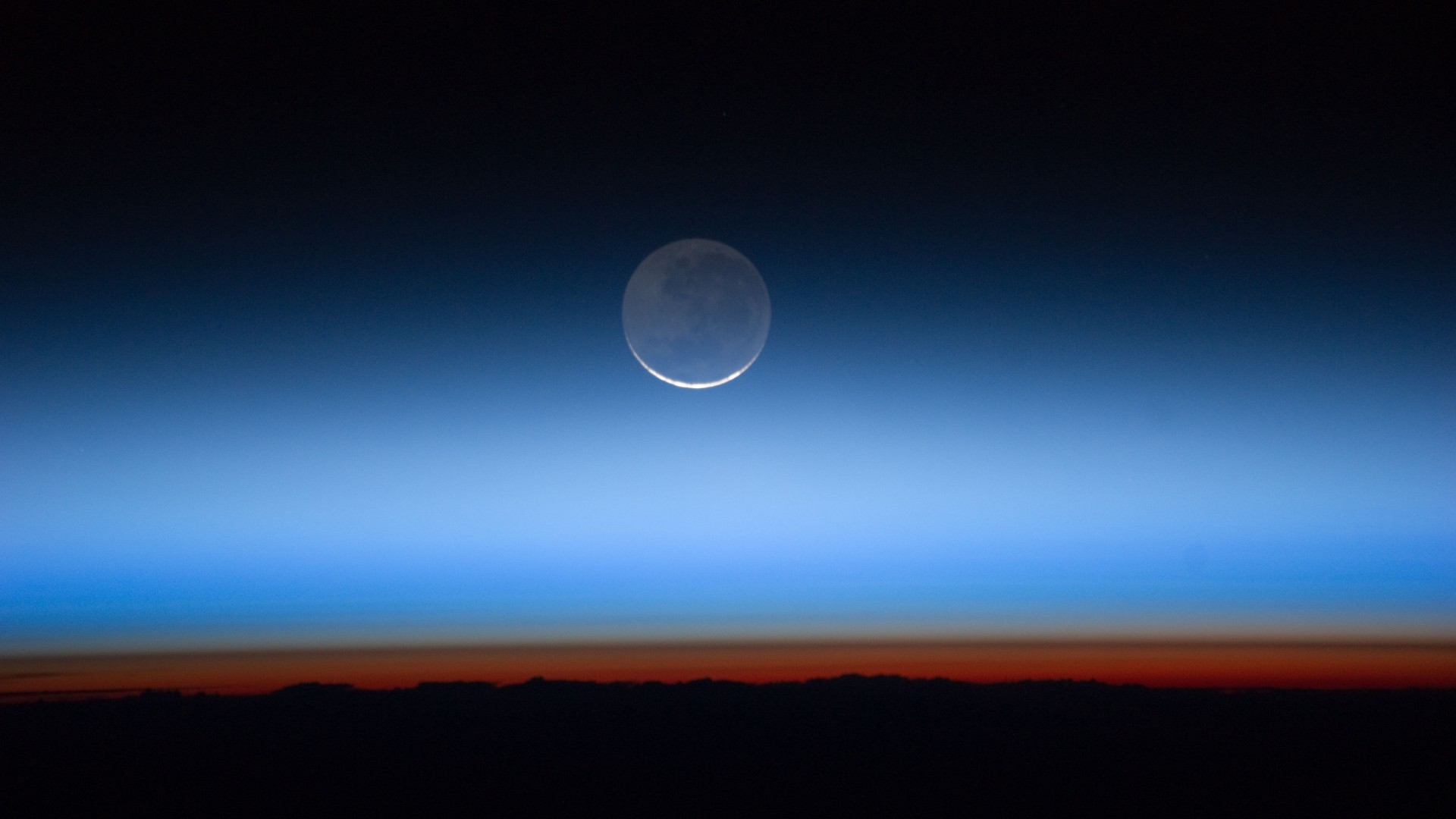
How to see ghostly 'Da Vinci glow' illuminate the crescent moon this week
By Jamie Carter published
Twice-reflected sunlight subtly illuminates the dark limb of the crescent moon just before and after the new moon in a phenomenon called Earthshine, or 'Da Vinci glow'.
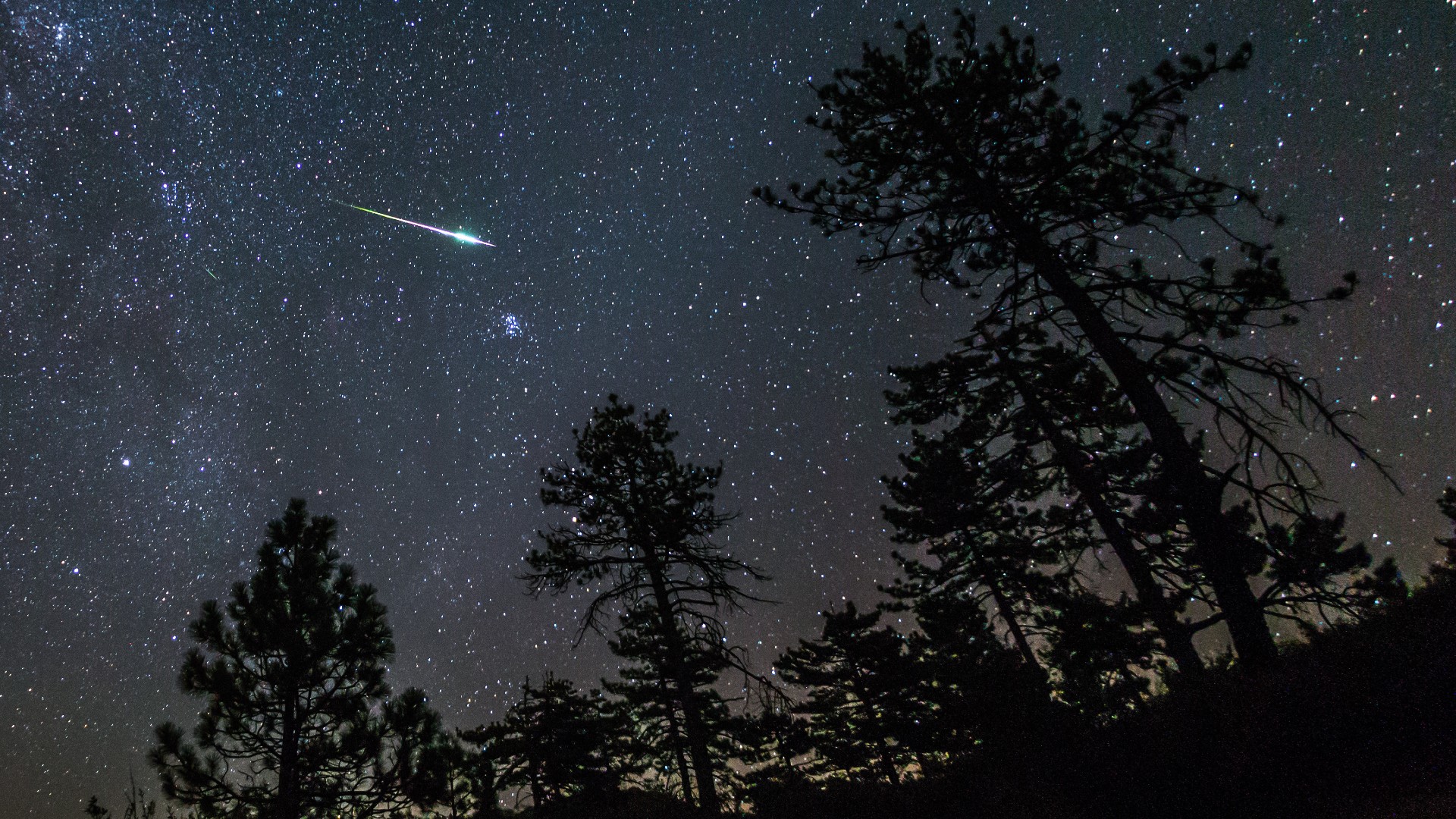
How to watch the Eta Aquarid meteor shower — a burst of 'shooting stars' left by Halley's Comet — peak this weekend
By Jamie Carter published
An outburst of 'shooting stars' from Halley's Comet could result in a dazzling Eta Aquarid meteor shower on May 5 and 6 — if the full moon doesn't get in the way.
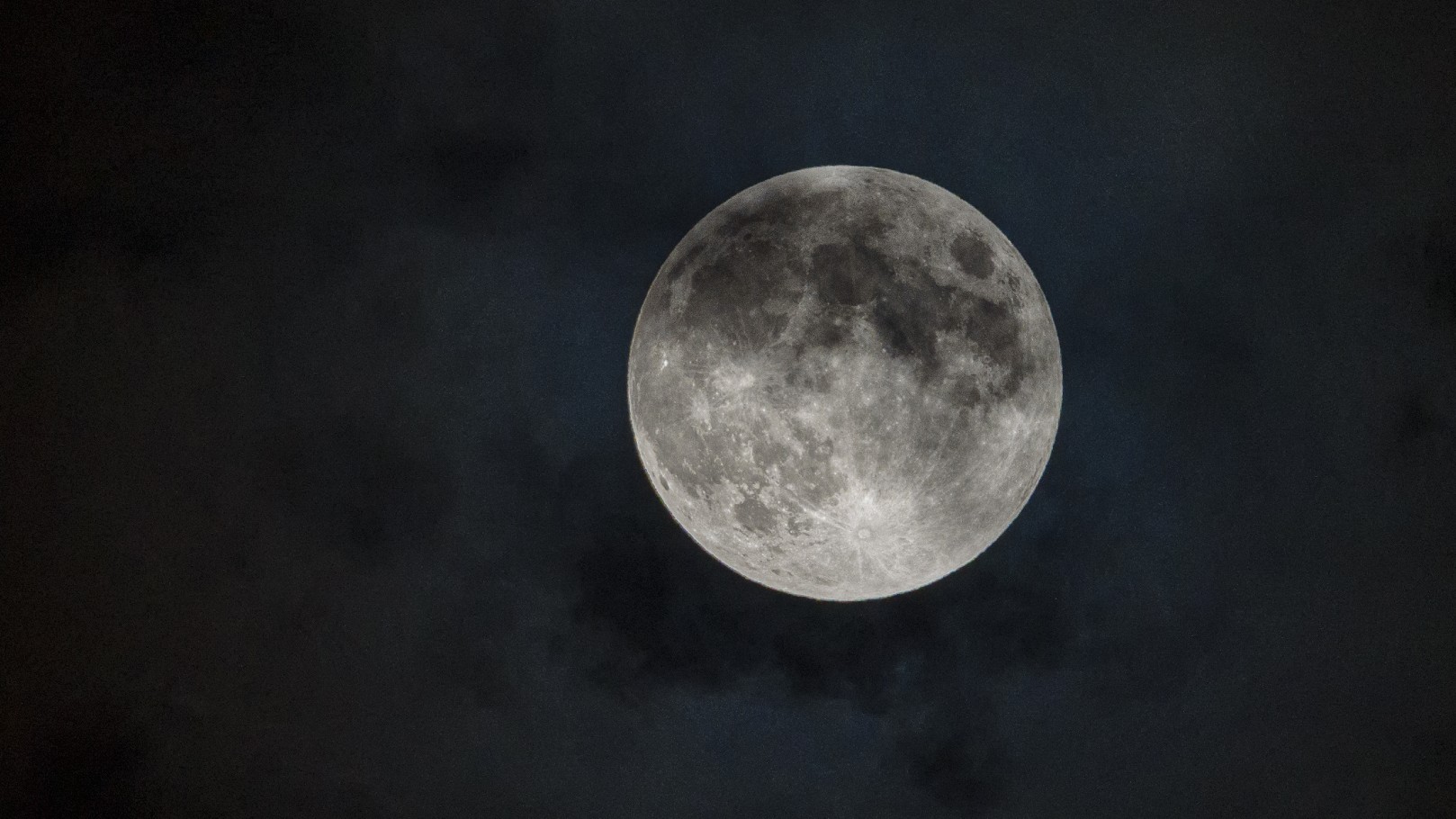
How to see the full 'Flower Moon' eclipsed by Earth's shadow this weekend
By Jamie Carter published
May's full 'Flower Moon' rises on Friday (May 5) during the deepest penumbral eclipse until 2042. Only part of the world will be able to see it.
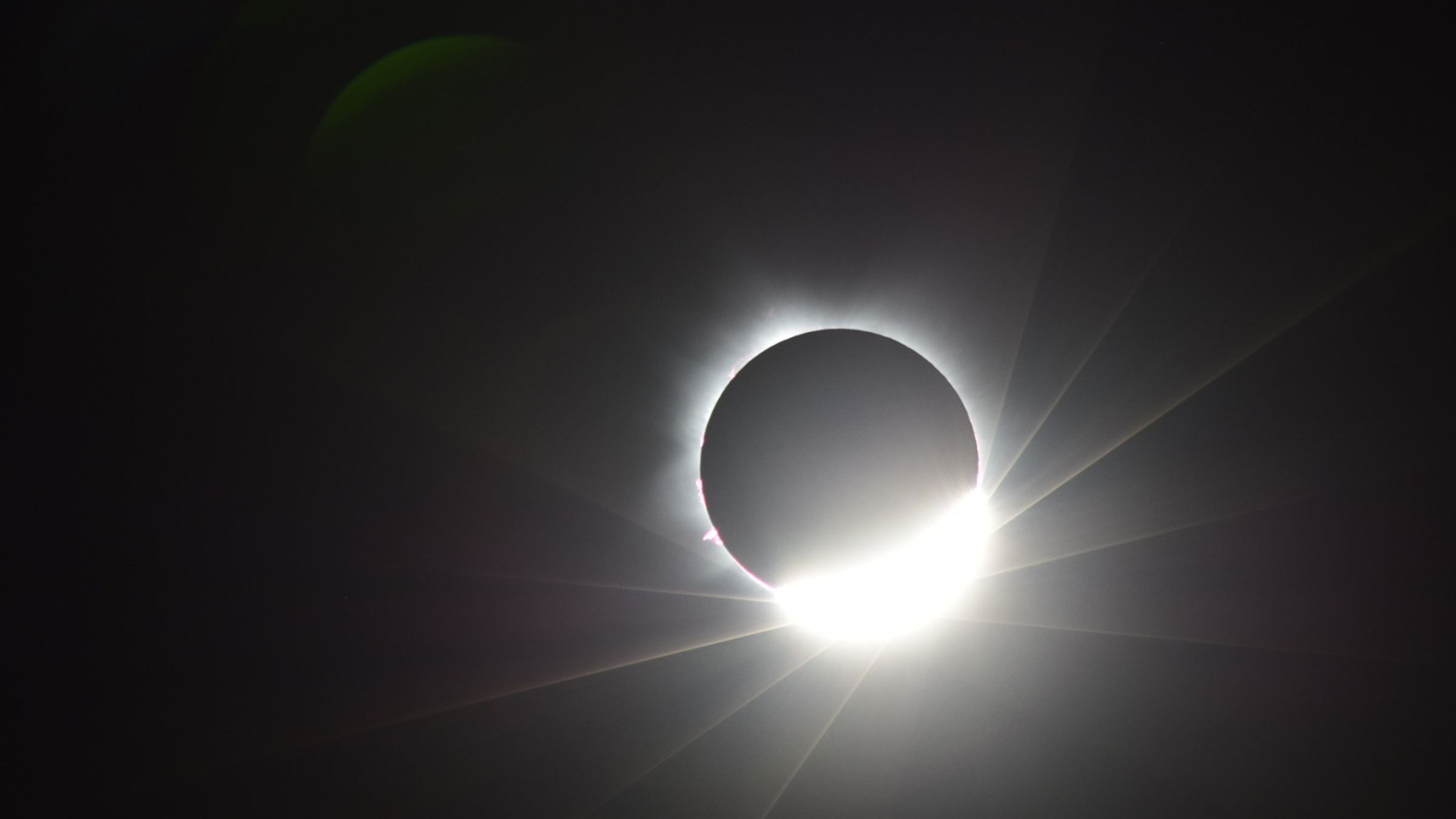
I watched the moon 'take a bite of the sun' in a rare hybrid solar eclipse last week. Here's what I saw from Australia.
By Jamie Carter published
From my viewpoint in the Exmouth Gulf of Western Australia, the solar eclipse's totality brought a colossal corona and a dramatic drifting diamond ring.
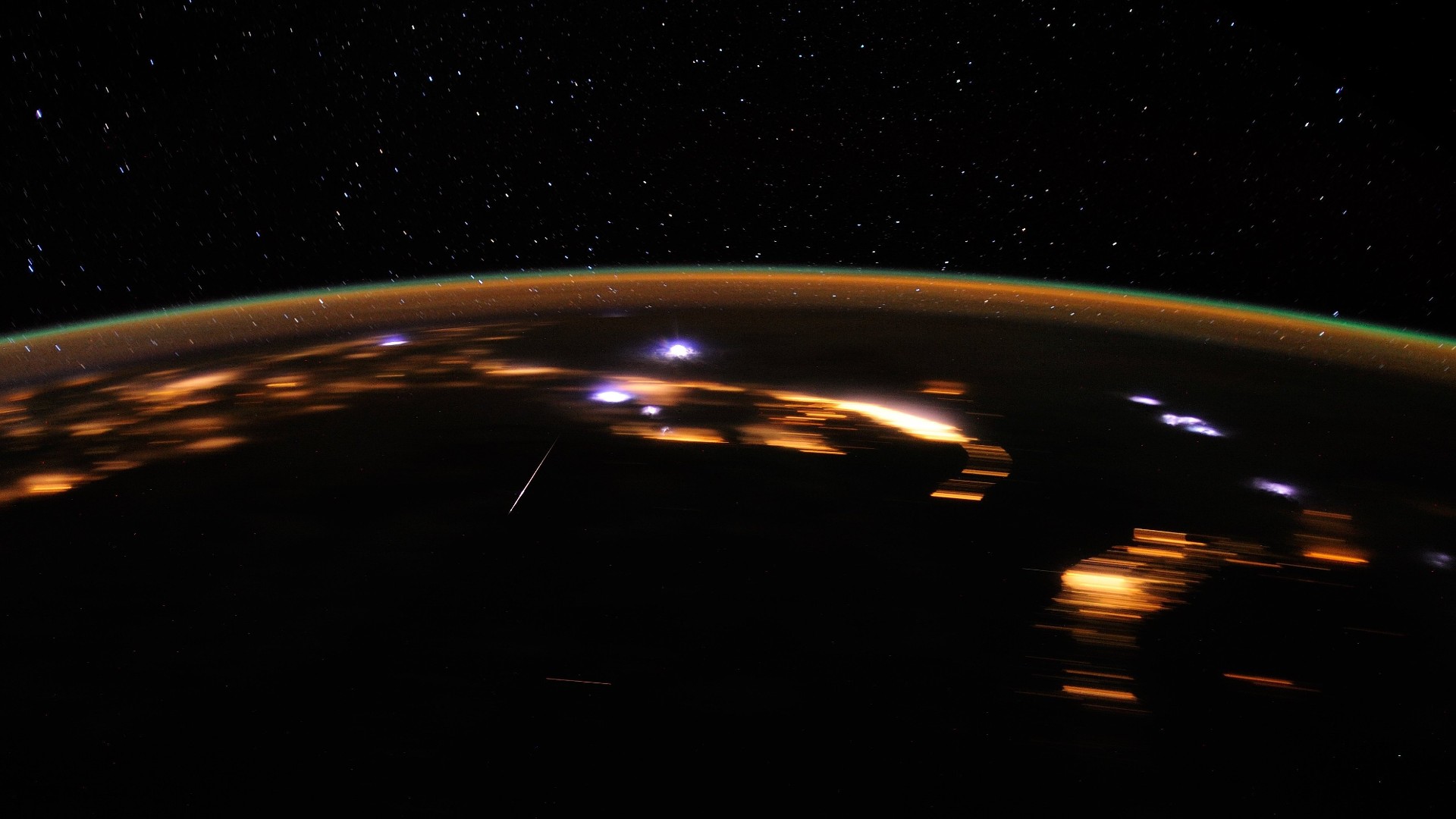
Lyrid meteor shower: How to watch 'fireballs' drop to Earth during the annual shower's peak this week
By Jamie Carter published
The annual Lyrid meteor shower peaks from April 22 to 24. Here’s how to watch the "shooting star" spectacle.
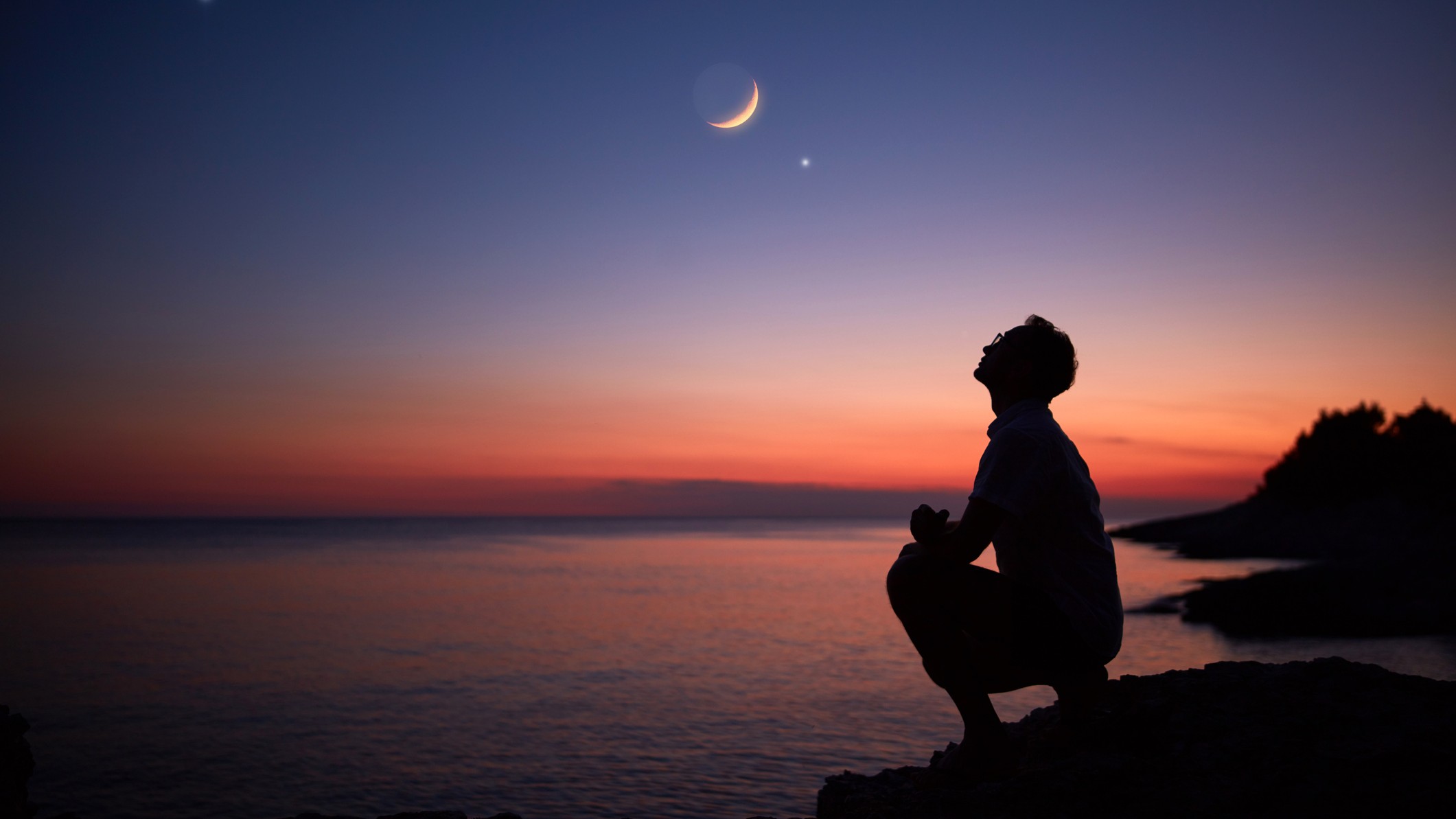
Saturn will shine just above the crescent moon this weekend. Here's how to see it.
By Jamie Carter published
The spectacular Saturn-moon conjunction will happen just before sunrise in the east and can be seen from April 15 to 17.
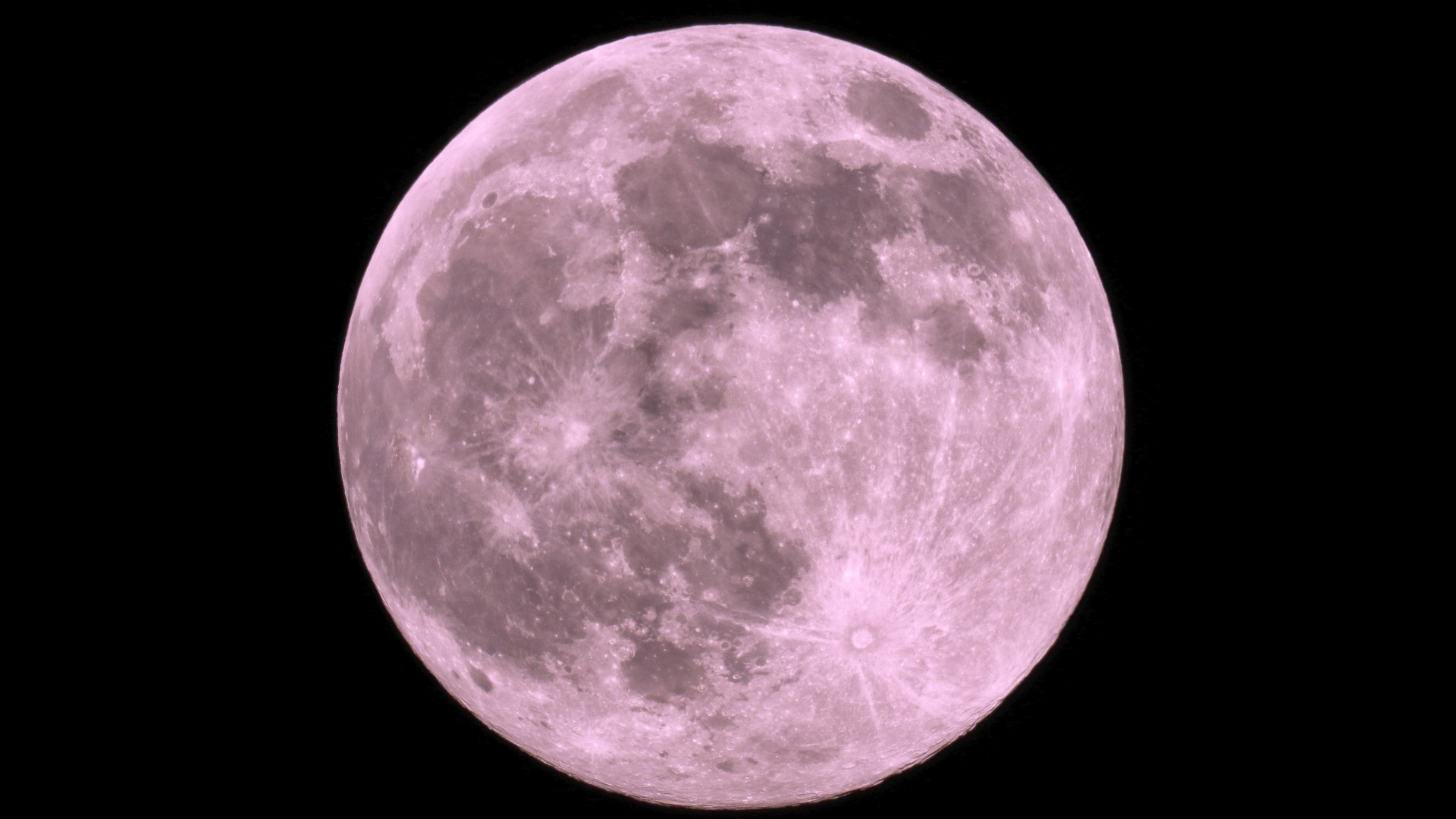
Watch the full 'Pink Moon' rise into the sky on April 6
By Jamie Carter published
April 2023's full moon is known as the Pink Moon and the Paschal Moon. It will be at its fullest at 12:34 a.m. EDT on Thursday, April 6, 2023.
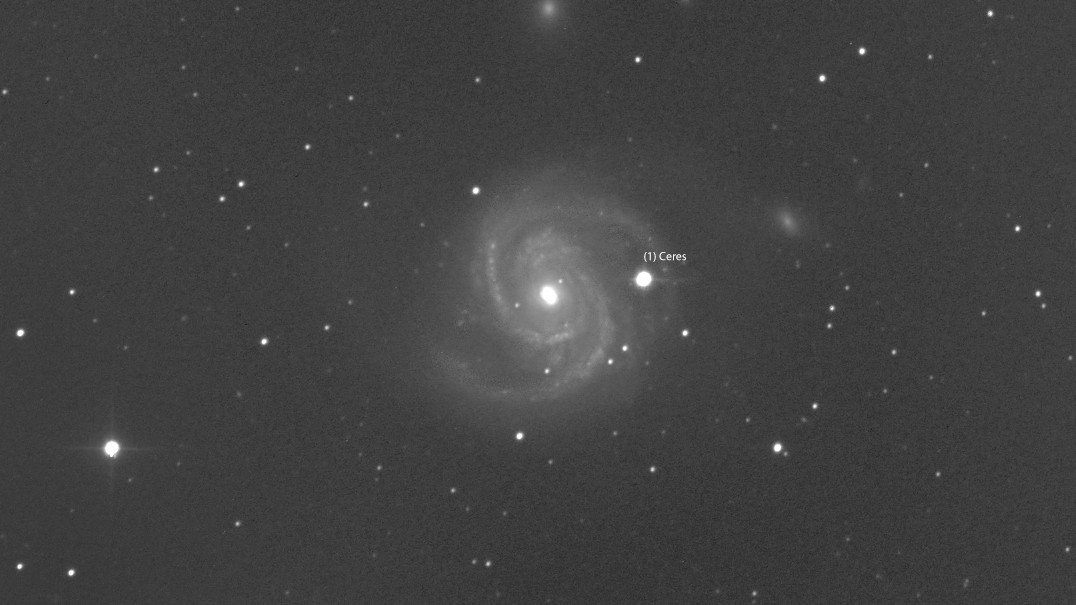
How to watch Ceres, a dwarf planet 14 times smaller than Pluto, photobomb a spiral galaxy in the sky this weekend
By Jamie Carter published
Watch live online as the dwarf planet Ceres swoops in front of the 'grand design' spiral galaxy Messier 100 this weekend.
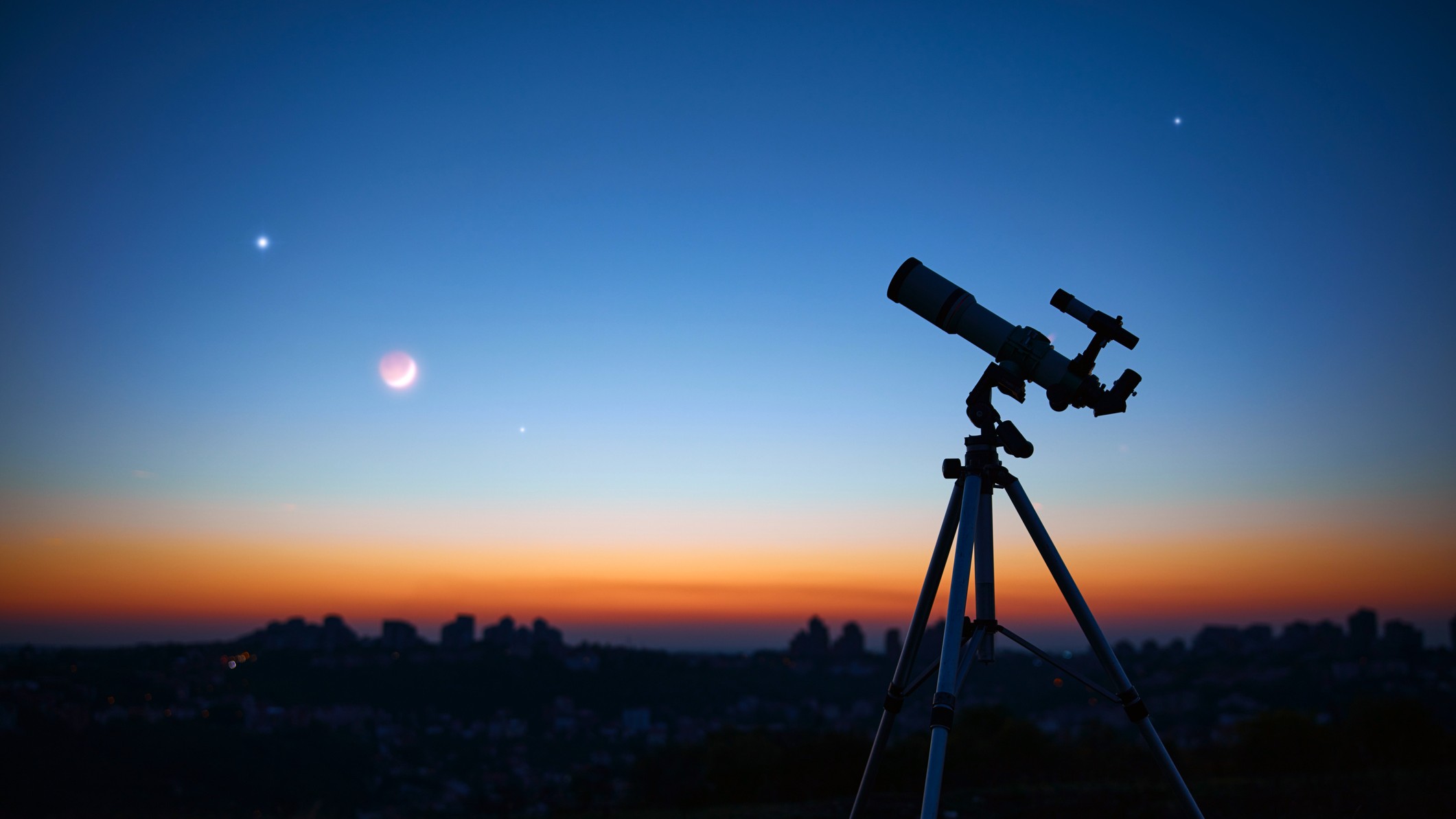
5 planets and a crescent moon are about to line up in the night sky. Here's how to watch.
By Jamie Carter published
Don't miss views of Mercury, Jupiter, Venus, Uranus, Mars and the moon after sunset from March 23-30.
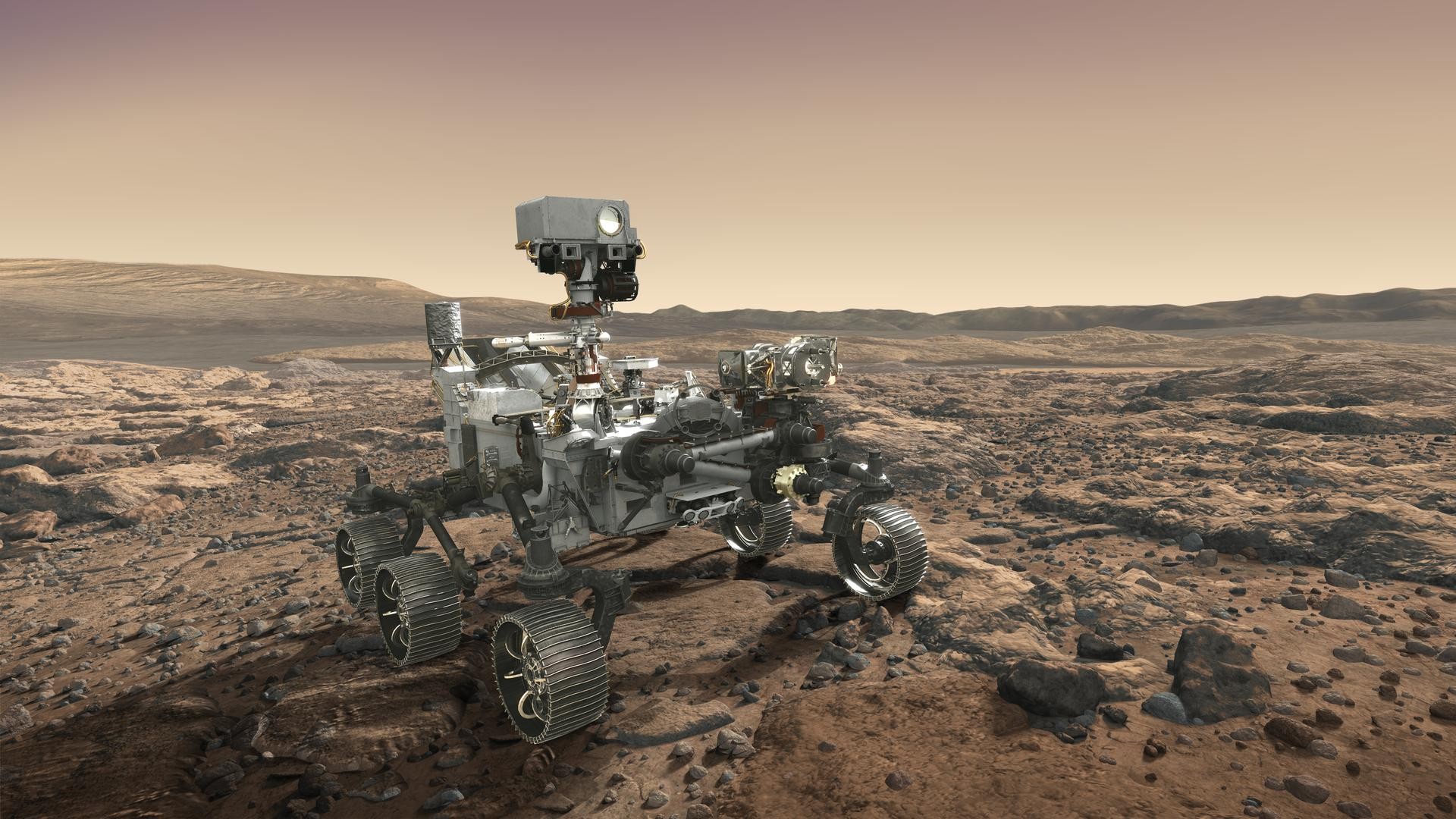
Detecting life on Mars may be 'impossible' with current NASA rovers, new study warns
By Jamie Carter published
Research in Chile's Atacama Desert suggests that the science instruments on the Red Planet aren't capable of detecting signs of long-dead microbial life.

Massive earthquake that shook Mars is 5 times stronger than any other
By Jamie Carter published
With death closing in, NASA's Mars InSight Lander picked up a record-breaking Marsquake in May.
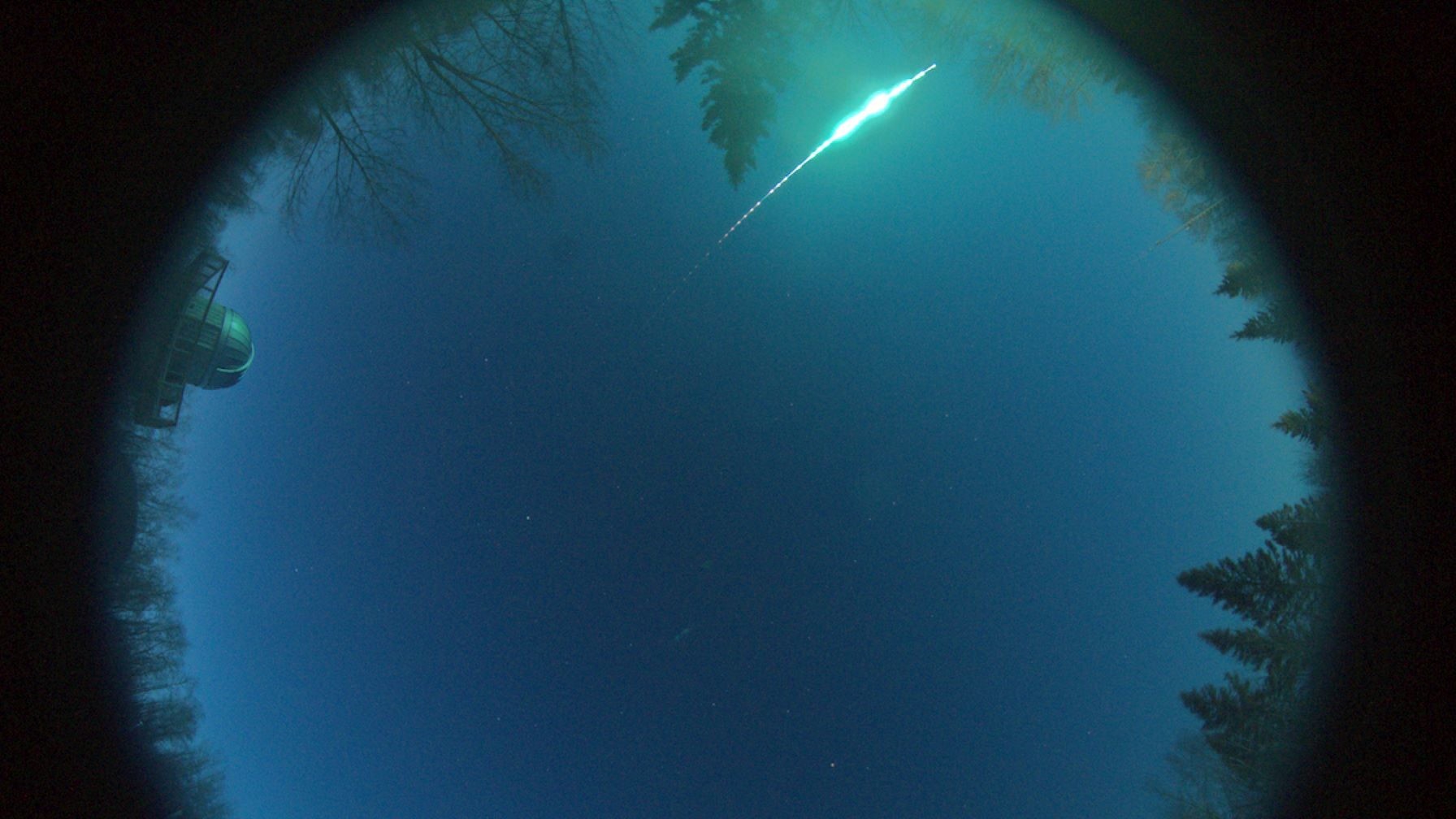
Grapefruit-size fireball from mysterious Oort Cloud could rewrite the history of the solar system
By Jamie Carter published
Rocky fireballs like the one that fell over Alberta, Canada last year shouldn't originate from the icy Oort Cloud... but this one apparently did.

Astronomers develop 'early warning system' to watch supernova explosions tear through the cosmos in real time
By Jamie Carter published
The system would alert astronomers when a red supergiant is just months away from exploding.
Sign up for the Live Science daily newsletter now
Get the world’s most fascinating discoveries delivered straight to your inbox.
